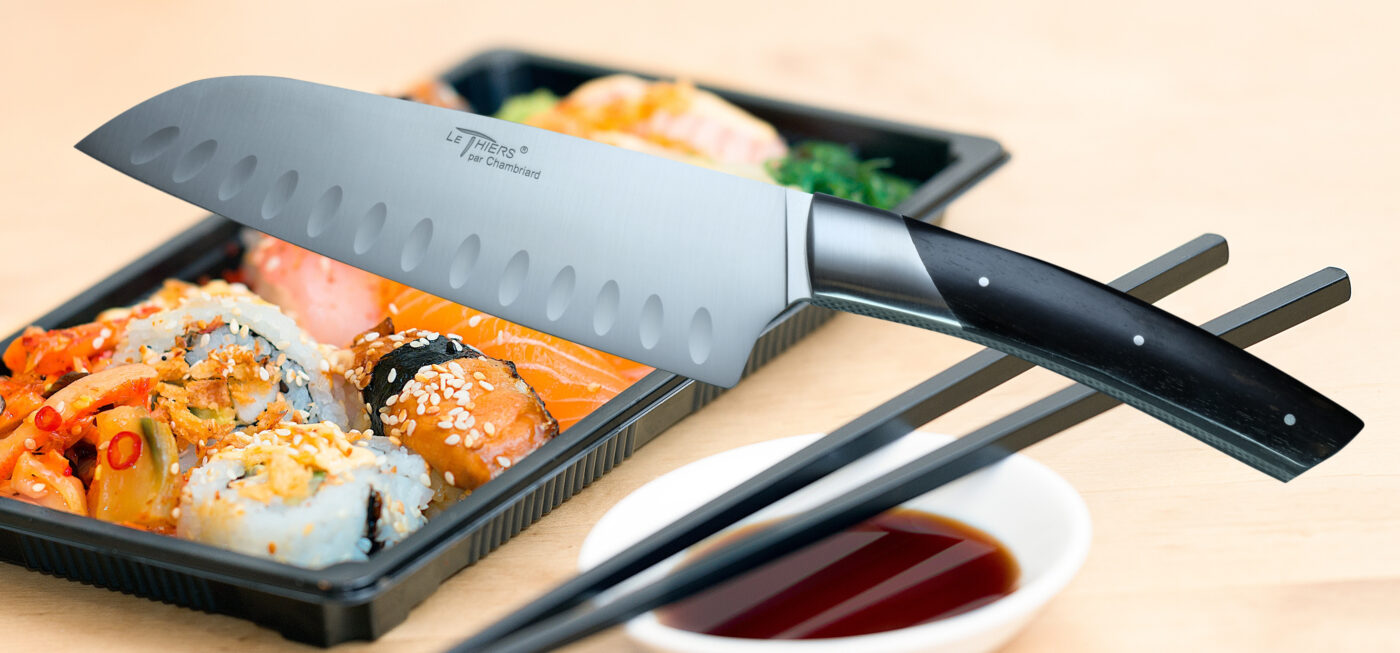European knives with Asian shapes and tasks in the kitchen.
Many European knife manufacturers have Japanese and Chinese knife shapes in their range.
Santoku, Yanagiba, Chai Dao, Tanto and others.
In the 1980s, Kung Fu films from Asia became popular in Europe.
When it comes to sword fighting, a blacksmith withdrawn in the mountains always forges the ultimate, the legendary indomitable samurai sword.
He hasn’t actually been forging for a long time. A terrible emotional misfortune has made it impossible to continue working. But when it comes to justice and the honorable cause, he is ready to use his arts one last time.
Actually romantic crap. But as a teenager I was also taken with martial arts, action and smug films. With these films, the nimbus of the sharpened knife and the hardest steel comes from Japan to Europe.
This notion is joined by another myth that Japanese damask-knives are sharper than European ones. The comparison lags.
If an inlay steel is incorporated into a Damascus knife, it is usually made of carbon steel and not rustproof. So it is fair to compare Japanese knives with European knives made of carbon steel and not with the usual stainless steel blades. And there are hardly any differences.
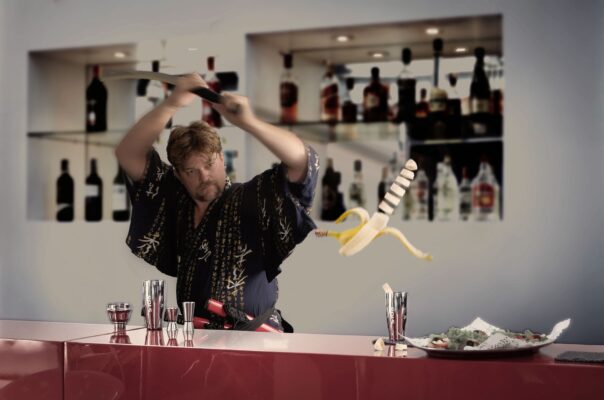
Asian dishes in German cuisine need Asian kitchen knives
Another important reason why European knife manufacturers offer knives with Japanese shapes is because of us. The way we eat and cook has changed.
Today we’re going to eat Vietnamese, tomorrow Korean. We found a taste for the long and thin slices of meat and vegetables.
Asian cuisine has developed cutting techniques and matching knives to create dishes that can be eaten with chopsticks.
It doesn’t usually matter to us, because these dishes can also be mastered with a fork.
Of course we want to cook really Japanese or Chinese in our own kitchen. It takes galangal, lemongrass, pak choi, five spices and much more .
If we want to chop up what we have bought in proper style, we need one of the knives that we have already seen at the Asian. The big imposing hacker. The Asian all-purpose knife.
When it comes to sushi and sashimi you should also be able to fillet and portion in Japanese. There are suitable knives from European knife manufacturers.
These have real advantages over the originals from Asia. Stainless steel, reliable, high-quality workmanship.
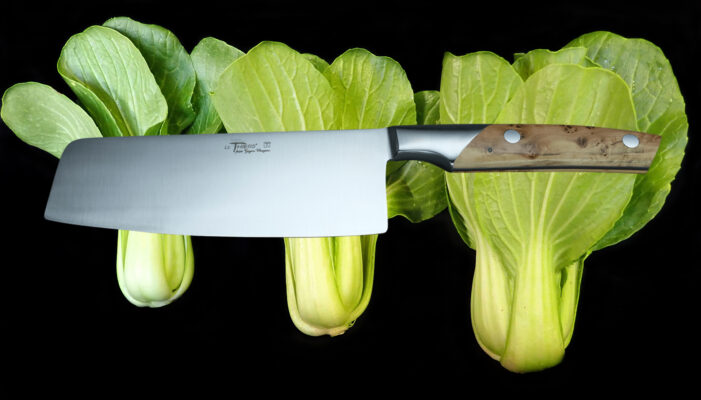
Which Asian chef’s knife do I need for what?
The Santoku is an all-purpose knife in Asian cuisine
Even the name Santoku includes its area of application and its diversity. Santoku means “three virtues”. It is made for meat, fish and vegetables.
The Santoku is roughly the same as our chef’s knives. However, its blade is slightly higher and less pointed. The cutting edge is more rounded towards the tip.
The shape of the blade allows a straight cut from top to bottom. Due to the rounded cutting edge, a rocking cut is also possible.
The blade, which is slightly longer and initially hardly curved, turns the knife into a kind of pallet with which you can transport the cuttings from the board directly into the pot.
The European Santoku knife has a forged bolster. The end of the blade is thickened and protects the handle from moisture.
Asian knife blades are inserted into the handle. A weak point where moisture penetrates and gradually deteriorates the connection between the knife and the handle.
Our knife manufactures also offer the santoku with a scalloped edge. This prevents flat cuttings from sticking to the blade.
You will find a large selection of handles in our shop. From plastic to wood, micarta, kevlar and much more. All materials have one thing in common, they are moisture-resistant and suitable for the kitchen.
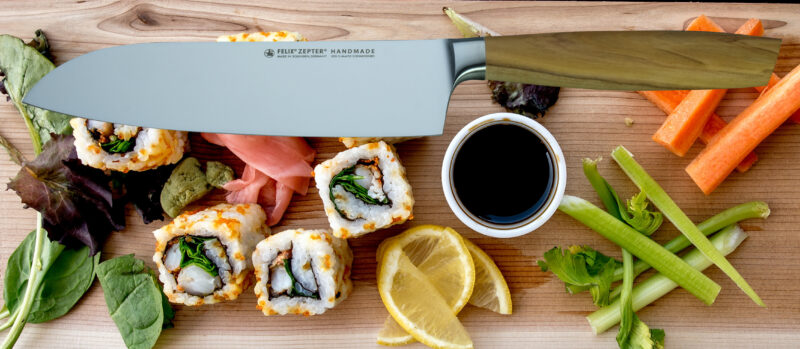
Yanagiba, the Japanese Shushi Knife
The Yanagiba has a long, narrow blade and is concavely ground. The length of the blade allows for a long, evenly thin cut. Ideal for cutting fish fillets without the knife tearing out the meat.
The high sharpness of the blade and the long cutting edge enable soft textures such as freshly rolled sushi rolls to be separated into pieces without pressure.
The concave hollow grind prevents the shushi rice or fish fillets from sticking to the blade. The Yanagiba is ground flat on one side of the blade and hollow on the other. This allows the knife to be sharpened at a relatively steep angle of 20 degrees, which increases sharpness.
The Dick company makes a Europeanized version of this type of knife. In the Red Spirit series you will find a Yanagiba carving knife with a blade length of 24 cm.
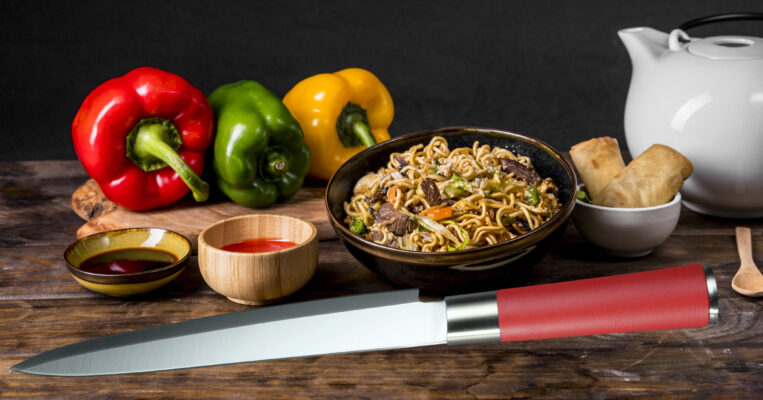
The Chai Dao is a chef’s knife from the Middle Kingdom
In Chinese cuisine, a cleaver-shaped knife is used a lot, the Chai Dao.
Even if the shape is reminiscent of a cleaver, it is more of an all-purpose knife. The blade isn’t as massive as that of the hatchet, because it’s not meant for chopping bones.
The cutting edge is slightly curved. This speaks for a typical rocking movement when cutting vegetables. Boneless pieces of meat and fish can also be professionally chopped up with this knife.
Typical of Chinese cuisine, everything is to be served in small pieces so that bite-sized portions can be grabbed with chopsticks.
This knife is a real all-rounder for finely slicing and chopping fish, meat and vegetables. The cut portions can be easily maneuvered into the pot with the high blade.
A knife that expands the European selection of our kitchen knives at TYPEMYKNIFE® in a meaningful way.
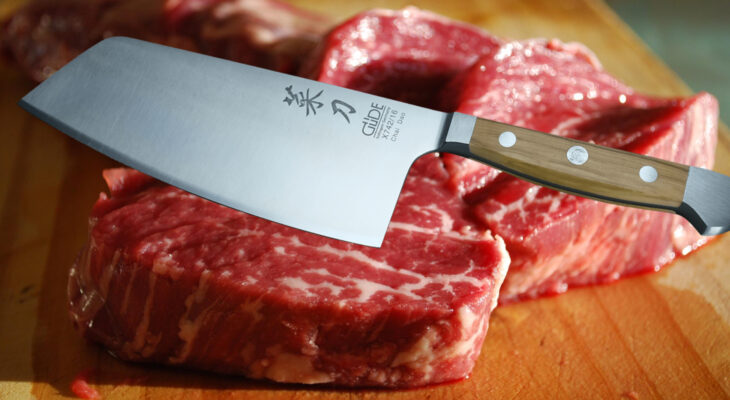
The tanto, a Japanese short sword
The tanto is originally a slightly curved single-edged sword used by the Japanese knights, the samurai.
A tanto should not be longer than 1 shaku, around 30 cm. A special feature of this thrusting weapon is the tsuba, the guard plate, a sharp edge ground at an angle to the blade.
It is precisely this special feature that enriches the range of European kitchen knives with a cutting tip, shaped like a bent continuation of the cutting edge.
This allows for small cuts with the short, sharp point and long, straight cuts with the almost outstretched edge.
The stable, long knife cuts a good figure when dealing with large, hard pumpkins as well as when breaking out game and animals of all kinds.
This explains how a weapon originally intended as a sword has become a very very practical multi-purpose knife in the European cuisine mutated.
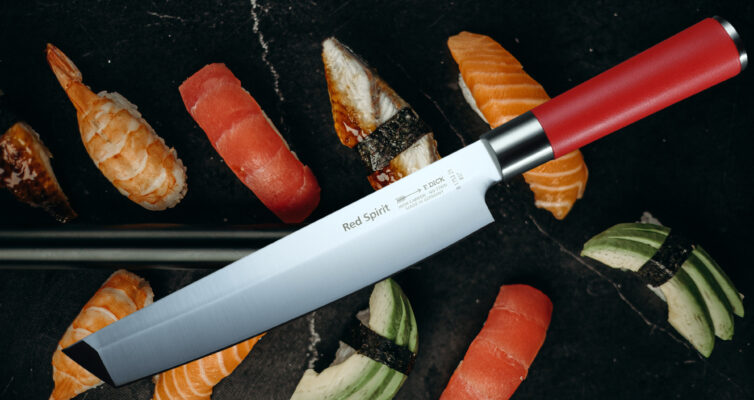
So it definitely makes sense to welcome these types of knives in our European kitchen with its cooking traditions. For us a real extension, which also makes you want to leave borders and experiment with the stove at home.
You can find a large selection of European kitchen knives with Asian roots at TYPEMYKNIFE® in our extensive knife shop

